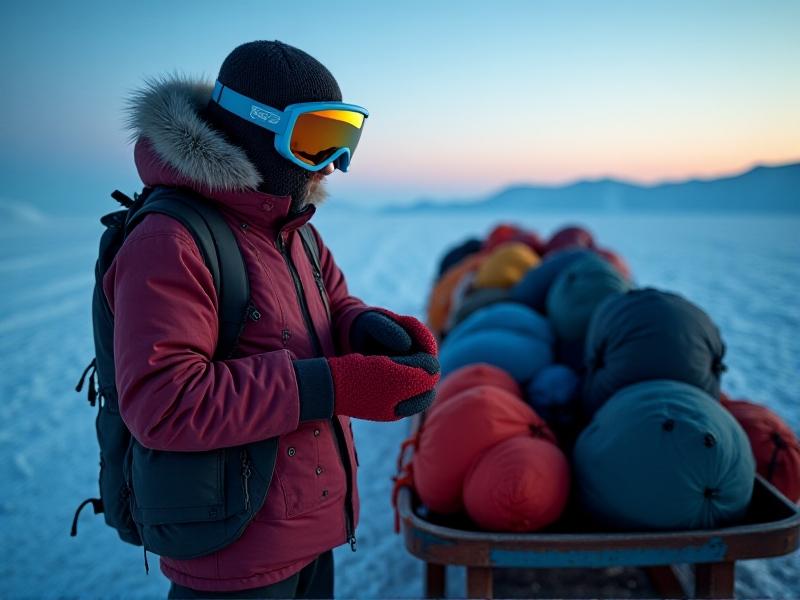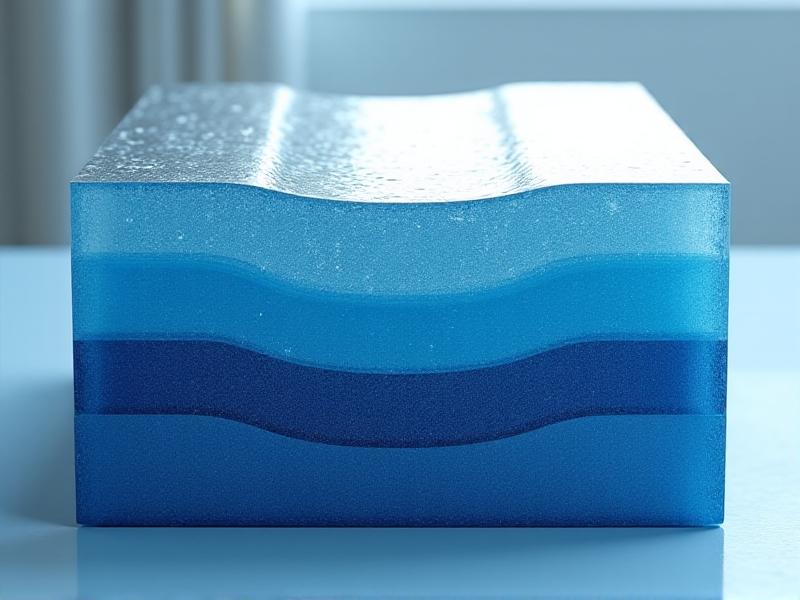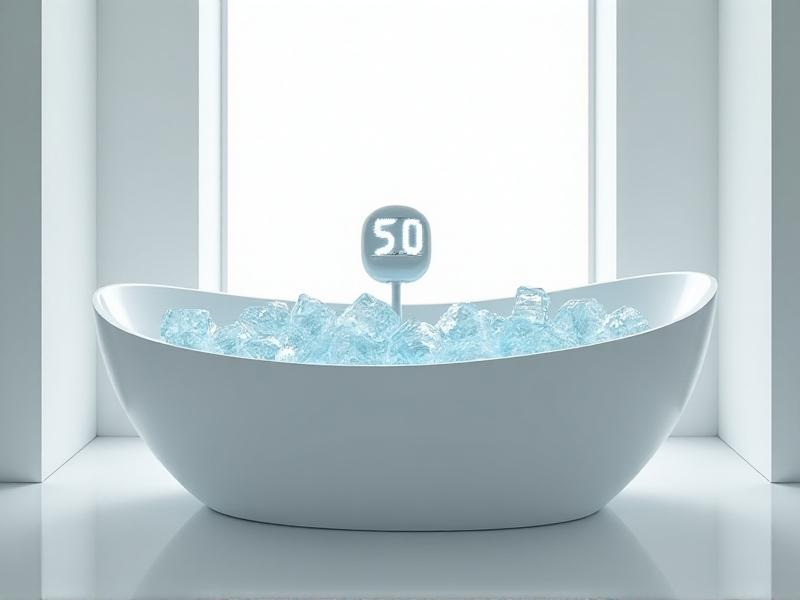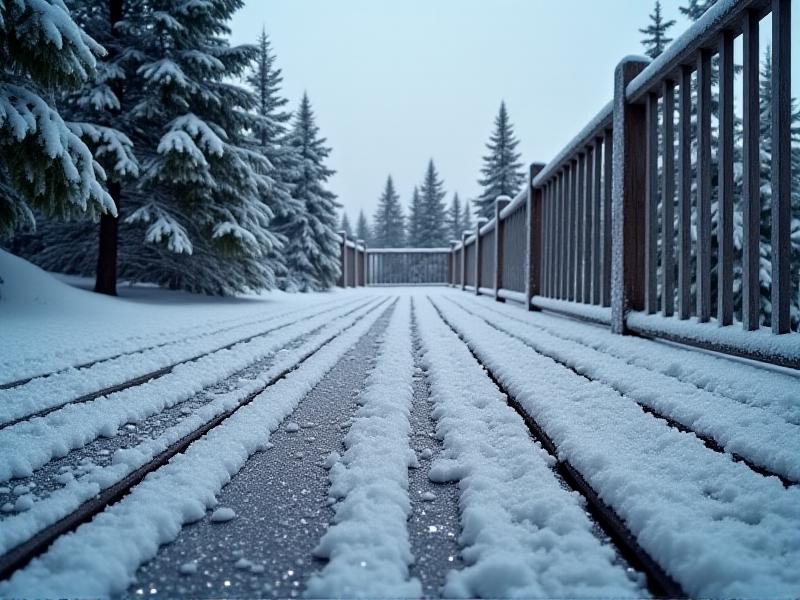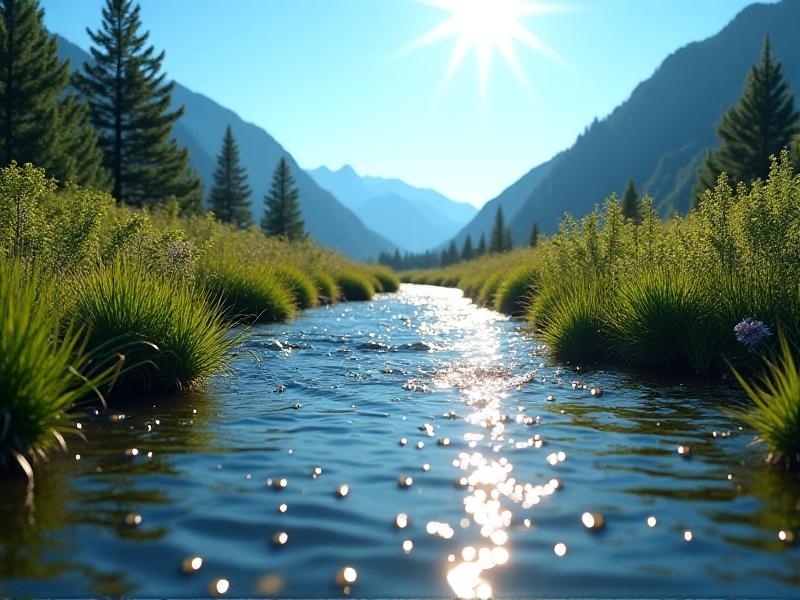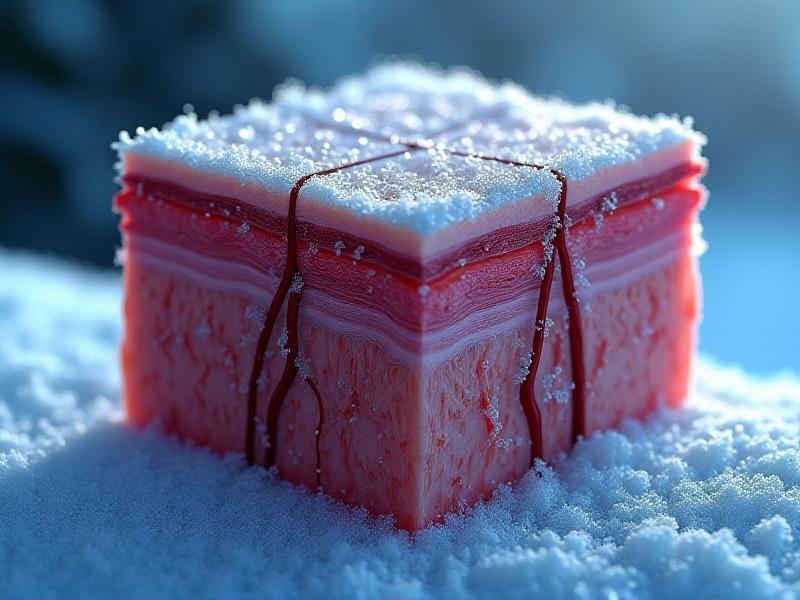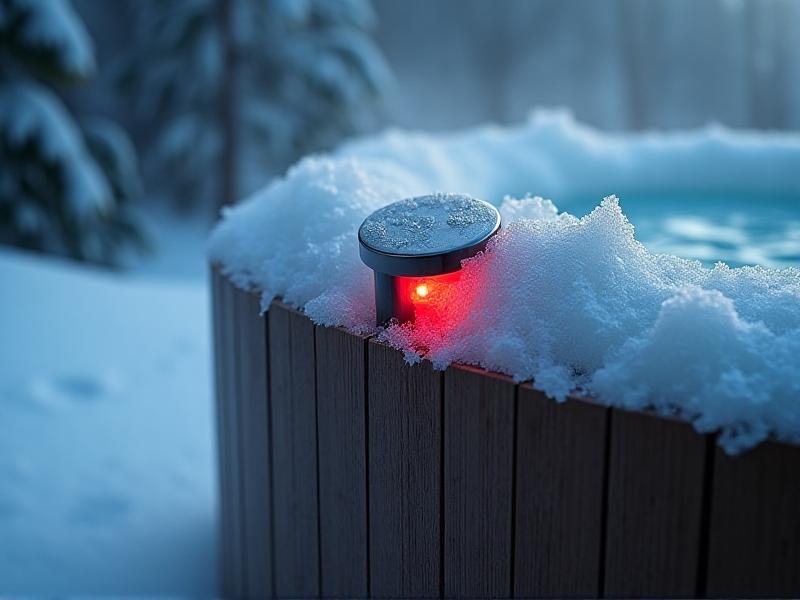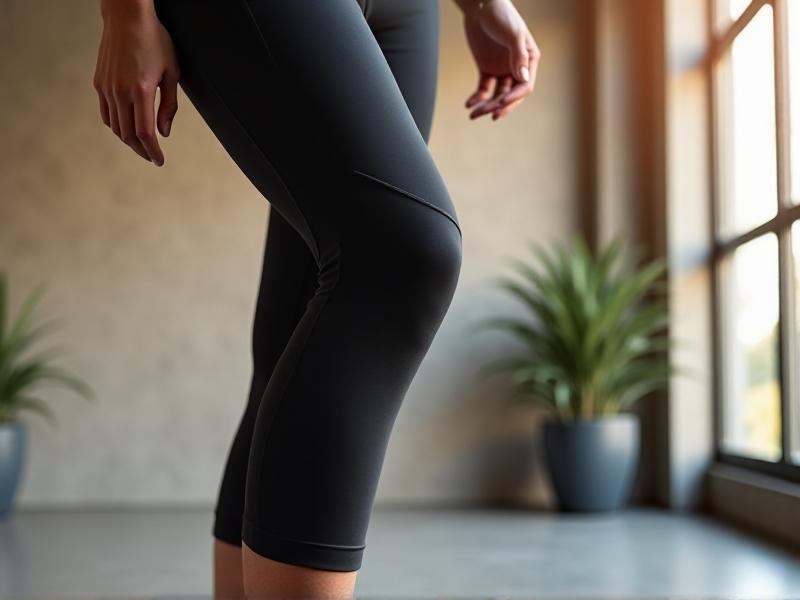Cold Exposure Layering for Extreme Climates
Understanding Cold Exposure and Layering Fundamentals
Surviving extreme cold requires more than just piling on thick clothing—it demands a strategic approach to managing body heat, moisture, and environmental factors. At its core, effective layering addresses three critical challenges: retaining warmth, wicking sweat, and blocking wind or precipitation. Failure to balance these elements can lead to hypothermia, frostbite, or debilitating moisture buildup. The human body loses heat through conduction, convection, radiation, and respiration, with wetness accelerating heat loss up to 25 times faster than dry conditions. This reality makes proper layering a life-saving skill for polar explorers, high-altitude mountaineers, and winter adventurers alike.
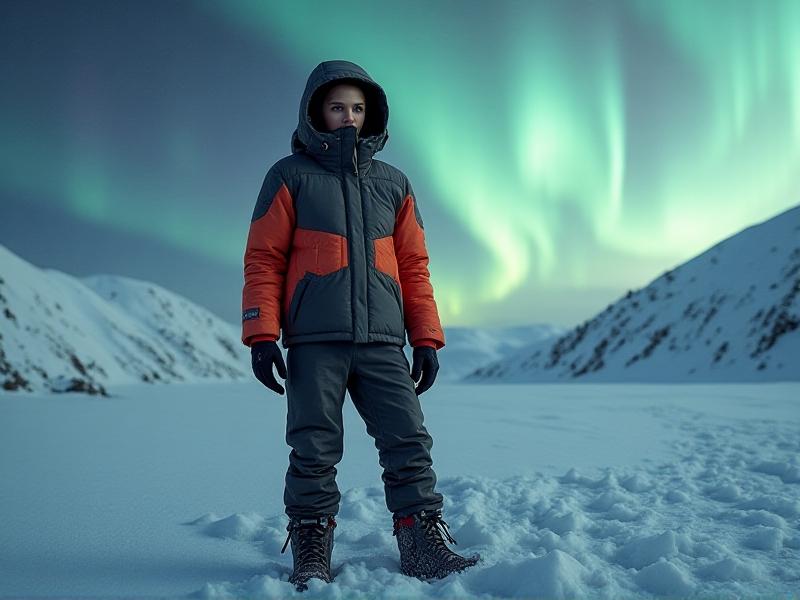
The Three-Layer System Demystified
Modern cold-weather layering relies on a three-tiered system that adapts to changing conditions. The base layer sits directly against skin, prioritizing moisture transport through materials like merino wool or capillary-action synthetics. Mid-layers focus on heat retention using lofted materials such as primaloft or down clusters that trap warm air. Outer layers serve as weatherproof shields, combining windproof membranes with durable water repellent (DWR) coatings. Advanced systems incorporate hybrid layers—zip-off fleece sleeves, ventilation zippers under arms, and pit zips in shells that enable microclimate control without removing gear. Pro alpinists often add a fourth 'belay layer'—an ultra-warm parka worn during stationary periods.
Material Science in Extreme Conditions
Fabric technology has revolutionized cold-weather gear. Traditional goose down now competes with hydrophobic treated versions that maintain loft when damp. Synthetic insulations like Polartec Alpha mimic down's warmth while excelling in humid conditions. At the molecular level, modern base layers use bi-component knitting—hydrophilic yarns pull moisture into hydrophobic cores that accelerate evaporation. Outer fabrics employ microporous membranes with over 9 billion pores per square inch—large enough to vent vapor but small enough to block water droplets. Emerging technologies include heated graphene-lined fabrics and phase-change materials that absorb excess body heat during exertion and release it during rest periods.
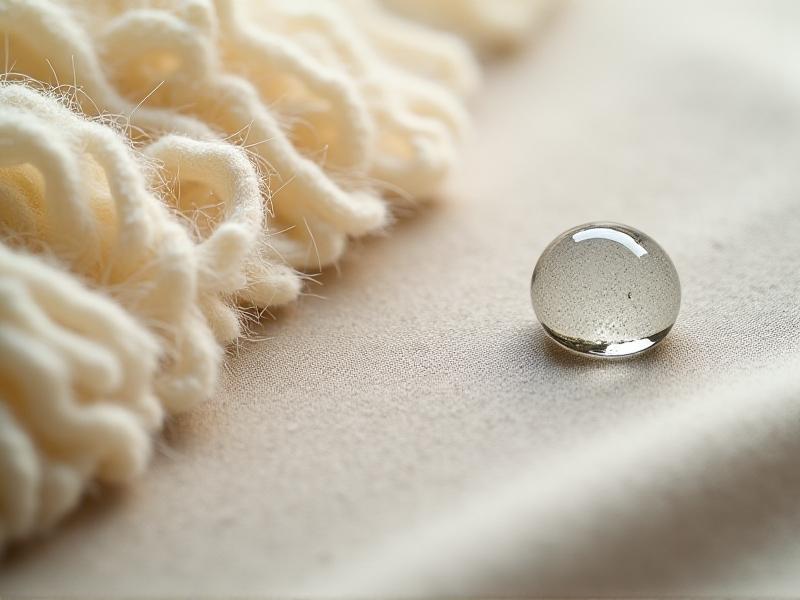
Adaptive Layering for Dynamic Activities
Effective layering adapts to both environment and exertion. Ski tourers climbing a slope might wear only a breathable shell and thin fleece, then add a puffy upon reaching the summit. The 'action suit' concept used by polar guides involves quick-drying layers for active phases versus vapor-barrier clothing for sedentary cold. A critical but often overlooked element is managing the microclimate between layers—too much air space allows convective heat loss, while too little compresses insulation. Experienced winter campers use vapor barrier liners (VBLs) in sleeping bags and boots to prevent internal frost buildup from perspiration, a technique applicable to clothing systems in sub-zero temperatures.
Real-World Expedition Layering Strategies
Antarctic researchers provide textbook examples of extreme layering. During -40°C winds, they typically wear: a silkweight merino base, grid fleece mid-layer, windproof smock, and expedition-weight down parka. Their gear boxes include multiple glove systems—thin liners for dexterity, overmitts with wrist cinches, and heated gloves for emergency rewarming. Lessons from Arctic traditions remain relevant: the Inuit practice of wearing caribou fur with the hair facing inward creates natural air channels, while Siberian herders use loose-reindeer-skin robes that can be ventilated quickly by opening the front. Modern adventurers blend these principles with technical fabrics for optimal protection.
